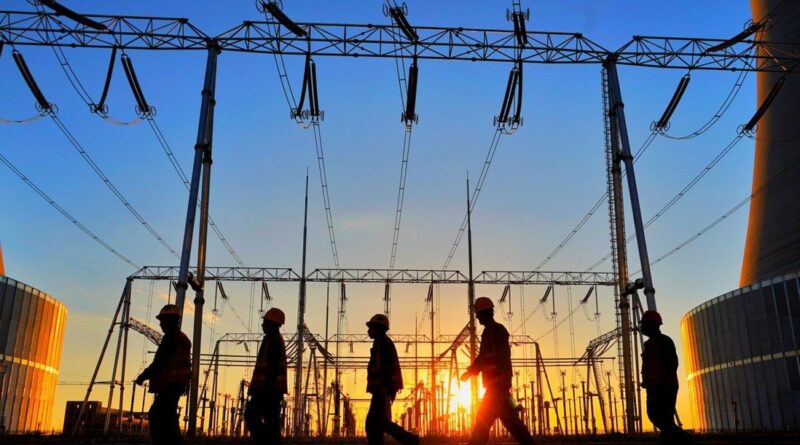China power crisis: thermal coal inventory nears record low
The world’s second-largest economy is suffering its worst power blackouts in a decade. State media reported on Tuesday that at least 20 out of 31 provincial jurisdictions – from industrial powerhouses in the south such as Guangdong to the rust belt in the northeast – have rolled out electricity-rationing measures in recent weeks, triggering widespread alarm among much of the population and plunging the nation’s industrial sector into chaos.
Total coal inventory at China’s major power-generation groups is just 11.31 million tonnes – enough to meet the demand for only about two weeks. With China struggling to generate enough electricity, Inner Mongolia has seen its coal output disrupted amid corruption probes into the development of mines.
State media now says 20 out of 31 provincial jurisdictions have implemented electricity-rationing measures since mid-September. In past years, when the calendar turned to September, China’s power-generation groups set out to replenish their coal inventories ahead of the cold winter months.
This year, coal is so scarce that they are struggling to merely keep the lights on. And some are failing even at that. Illustrating the severity of the situation, traffic lights were abruptly turned off in the northeastern city of Shenyang last week as part of power-rationing measures that local authorities deemed necessary “to avoid the collapse of the entire grid”.
The inventory of coal-fired power plants in most parts of the country should, in principle, be no less than 20 days’ worth of coal consumption during the off-season, including now, according to China’s top economic planner.
Experts estimate that, from September to February, China will need 1.85 billion tonnes of thermal coal, but projections indicate it will fall short by 222 million to 344 million tonnes – or about 12 to 19 percent less than is needed.
In early 2016, China began cutting its coal-production capacity, and this has resulted in a significant gap between supply and demand. China consumes more than 3 billion tonnes of thermal coal annually, but only about 7 percent of that is imported.
“Since the Australian coal ban, there has been a shortage of 35 million tonnes of high-quality coal. Currently, 70 percent of [China’s] imported coal is from Indonesia, with an energy value of 3,800 kcal/kg, and it is difficult to import enough thermal coal with high calorific value and low sulphur,” said a note by Nanhua Futures.




